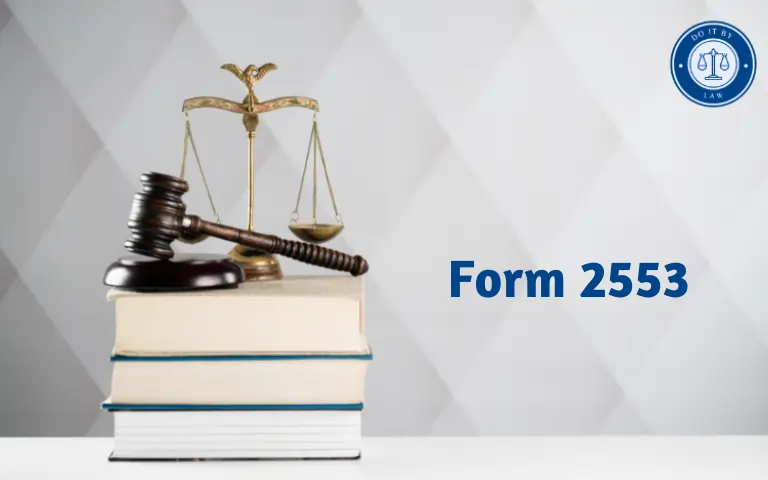A Taxpayer’s Guide to Form 8949: Reporting Capital Gains and Losses
Form 8949 is an IRS tax form used to report capital gains and losses from the sale of stocks, bonds, cryptocurrency, real estate, and other capital assets. This key tax form provides the details behind amounts summarized on Schedule D of your Form 1040.
Properly filling out Form 8949 is important to avoid processing delays and ensure capital gains and deductible losses are treated correctly on your tax return.
Purpose and Use of Form 8949
The main purposes of IRS Form 8949 are to:
- Provide the details on every capital asset sale or exchange
- Specify if gains and losses are short-term or long-term
- Calculate the exact capital gain or loss amount for each transaction
- Report transactions across multiple brokerage accounts in one place
Without Form 8949, you cannot accurately report capital gains and deductible capital losses to the IRS. It supports the totals calculated on Schedule D and connects directly to your 1040.
Key Terms and Concepts
When filling out Form 8949, it helps to understand these key terms and concepts:
- Cost basis: The original purchase cost of an asset plus any improvements made, commissions, fees, etc. The initial tax basis.
- Proceeds: The total amount received when selling an asset, before fees.
- Short-term vs. long-term: Short-term means held 1 year or less. Long-term means held for more than 1 year. Different tax rates apply.
- Wash sales: Disallowed loss when the substantially identical asset is purchased within 30 days before or after the sale resulting in the loss.
- Capital gain/loss: The difference between an asset’s basis and the proceeds received when sold or exchanged. Reported on Form 8949 and Schedule D.
- Capital assets: Investments and most property held for personal use or investment that produce capital gains or losses (with certain exceptions).
Step-by-Step Instructions for Filling out Form 8949
Follow these steps to fill out IRS Form 8949:
- Download Form 8949 with instructions from IRS.gov
- Group transactions by short-term vs. long-term and summarize on separate 8949 sheets with totals carried to Schedule D
- Enter details on each sale – trade date, proceeds, basis, adjustment and code(s), gain/loss
- Identify covered transactions with Form 1099-B basis reported to the IRS
- Review for wash sales and make appropriate basis adjustments
- Complete all required information at the top identifying taxpayer, tax year, etc.
- Attach your completed Form 8949 to Schedule D and file it with your Form 1040 tax return
Be sure to fill out all required fields and group transactions appropriately as short-term or long-term gains/losses.
Common Mistakes and Tips for Avoiding Form 8949 Errors
Some common mistakes taxpayers make on Form 8949 include:
- Incorrect basis reported resulting in capital gain/loss errors
- Wash sales not properly reported causing disallowed loss
- Gains/losses misclassified as short-term vs. long-term
- Mathematical errors when tallying totals
- Missing or incomplete information like dates or details
- Failure to file Form 8949 to support Schedule D amounts
Tips to avoid mistakes on Form 8949:
- Maintain thorough investment records with purchase dates and cost basis
- Carefully review Form 1099-B from brokers to reconcile basis
- Understand wash sale rules – no substantially identical buys within 30 days
- Double-check holding periods to classify short-term vs long-term
- Review all totals for accuracy before filing
- File Form 8949 with Schedule D to report details on capital transactions
Taking time to accurately fill out all details on Form 8949 minimizes the chance of errors and filing delays.
Reporting Requirements for F.8949 Transactions
You must file Form 8949 with your 1040 tax return if either of the following is true:
- You sold or exchanged capital assets like stocks, bonds, mutual funds, etc.
- You received a Form 1099-B reporting basis to the IRS for any securities sold
Even if no capital gain or loss occurred, Form 8949 is required if you sold covered securities. A separate Form 8949 must be filed for short-term vs. long-term transactions.
Penalties for Incorrect or Incomplete Reporting on Form 8949
If you underreport capital gains or overstate losses, you may face:
- Increased tax owed plus interest and penalties
- Underpayment penalties of up to 20% of unpaid tax
- $5,000 penalty for substantial understatements
- The statute of limitation stays open longer for substantial errors
File Form 8949 accurately and completely by the tax deadline to avoid penalties.
This comprehensive guide covers key aspects of Form 8949 for reporting capital gains/losses. Please let me know if you have any other questions!




